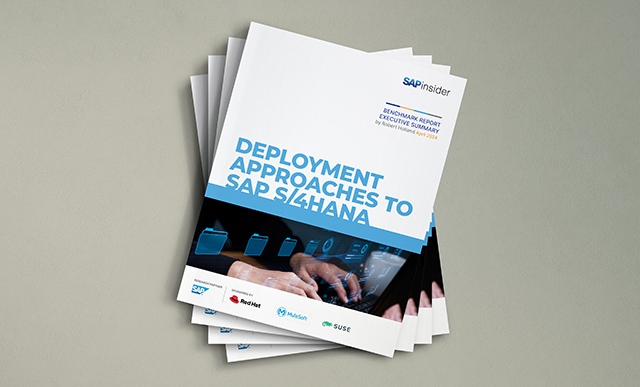Understanding SAP S/4HANA Implementation Risks with RSM – Part Four: Customization
Meet the Authors
Key Takeaways
⇨ Maintaining a clean core in SAP S/4HANA is essential for system stability, scalability, and optimizing upgrades, which is achievable by minimizing customizations and leveraging standard SAP functionalities.
⇨ Companies should conduct a fit gap assessment at the start of the SAP S/4HANA implementation to accurately understand their business requirements and avoid unnecessary customizations that can complicate the process.
⇨ Defining and communicating business requirements clearly helps organizations align capabilities with operations, thereby minimizing costs associated with excessive customization and ensuring a smoother digital migration.
When companies make the move to SAP S/4HANA, they are generally excited about the agility it offers, allowing them to leverage automation, AI, and real-time analytics. The move from SAP ECC or other legacy systems is characterized by the need for a clean core – reducing legacy technical debt and customizations from the core ERP.
Maintaining a clean core in SAP S/4HANA is crucial for system stability, scalability, and seamless upgrades. A clean core means minimizing customizations and leveraging standard SAP functionalities and extensible frameworks like SAP BTP (Business Technology Platform). This ensures faster innovation cycles, reduced maintenance costs, and improved security.
Balancing Clean Core and Customizations
By avoiding excessive modifications, businesses can enhance system performance, simplify cloud migration, and stay aligned with SAP’s future updates. A clean core improves agility, enabling organizations to quickly adapt to changing business needs while ensuring compliance with SAP best practices and industry standards for long-term success.
Explore related questions
However, companies still want to find ways to customize their SAP systems to access important capabilities they need to run their daily operations. This is one of the main tensions of an SAP S/4HANA implementation.
To help SAP organizations avoid customization catastrophe’s RSM’s Kari Sklenka-Gordon recommends that companies perform a fit gap assessment at the beginning of the process. Understanding what out-of-the-box capabilities can actually deliver to your organization, as compared to what it needs or used before, is crucial to addressing any customization issues before they begin.
“It is important to understand that a salesperson wants to sell software to get in the door, but they’re not truly being honest with the clients that they’re going to have to change it. But we’ve also been on an SAP implementation where the SI convinced the company they needed all these customizations. We came in and did an assessment of security and found all the customizations were actually standard. It’s just about finding that balance. That’s why this independent advisor is so important,” said Sklenka-Gordon.
She shared the story of a company that began the out-of-the-box retail industry framework, despite having a unique business that had non-standard requirements. More than six months into the implementation, the project came to a grinding halt because the SI suddenly came back with a 50% increase in requirements after realizing customization was necessary.
Defining Business Requirements
To avoid fit gap issues, companies need to understand and communicate their business requirements at the beginning of the process. Only then can they work with implementation partners to understand their needs, map them to SAP S/4HANA, and test the capabilities during the digital migration process.
Defining and communicating business requirements not only ensures companies have all the capabilities they need, but also saves them from buying customizations that they do not need. Laying out a plan clearly can help align capabilities with business operations and ensure that there are no gaps.
What This Means for SAPinsiders
Layout a roadmap to maximize agility. Organizations may be concerned that the move to SAP S/4HANA may take away some of the customizations they had used on previous legacy systems. They should take the time to perform fit gap assessments before deciding on the customizations they need.
Beware of excessive customization. Cost is always a major concern in digital transformation projects like SAP S/4HANA. Companies should ensure that they do not excessively customize their new deployment by buying software they do not need. This not only adds on costs, but lengthens the process.






